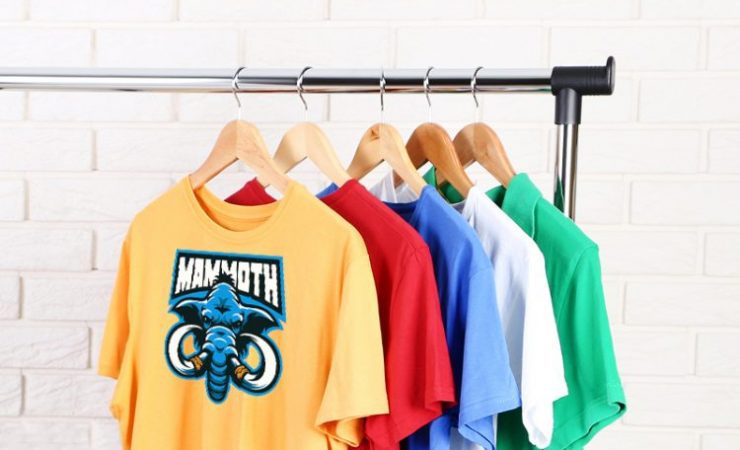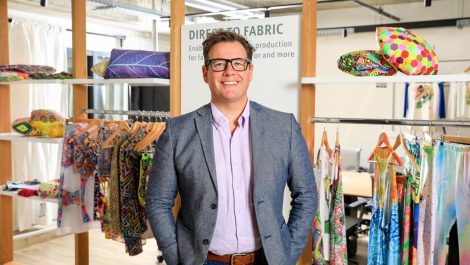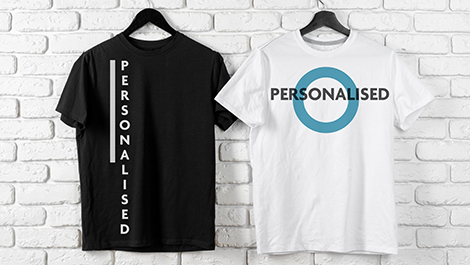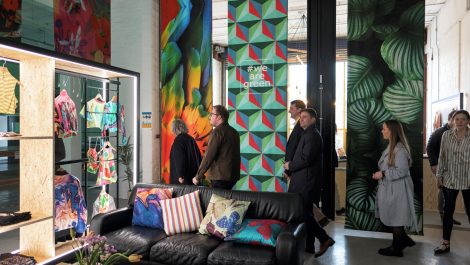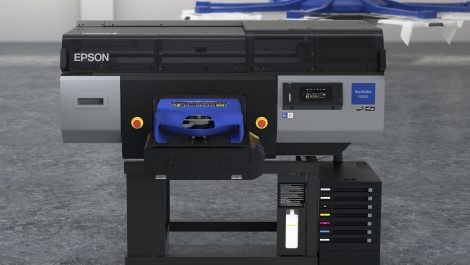In this blog, Tom Owers, pro graphics manager at Epson UK, casts his eye over direct-to-garment and dye sublimation printing, explaining how companies should go about deciding which option best suits them.
Refreshing your service offering. Developing broader application possibilities. Expanding your production horizon. Whatever your business objectives, the addition of Direct-To-Garment or dye-sublimation printing can enhance your creative flexibility while saving you money.
Both production processes are predicted to see exciting growth driven by increased interest in sustainability, customisation and creativity.
Future Market Insights predicts the global direct-to-garment printing market will reach $2.31 billion by 2023 up from $1.86 billion in 2018. While Smithers’ The Future of Dye-Sublimation Printing to 2023 says the sector will experience a strong compound annual growth rate (CAGR) of 10.2% to 2023 and increase total market value to €12.4 billion.
Decisions decisions
The main difference between the two is the type of materials that can be printed on – cotton or polyester.
With DTG, as the name suggests, artwork is printed directly onto the garment. The technology uses water-based CMYK and white pigment ink, so these inks can print on dark or light-coloured T-Shirts, hoodies, jumpers or any 100% cotton garment. It is possible to print onto poly/cotton blends as long as cotton content is 50%.
With dye sublimation, artwork is printed in full colour onto transfer paper using dye sublimation ink and paper. The ink is then transferred from the paper to the fabric using heat and pressure. It works best with white, 100% polyester and as such is suited to sportswear and fashion. An additional application, ideal for the photo gifting market is sublimating to polymer-coated rigid substrates such as mobile phone covers, ceramic mugs, or special metal sheets.

Process
When DTG printing the garment is loaded onto the printer platen and the inks are applied directly. When printing onto dark garments an underlayer of white ink is printed first whilst for light coloured garments only CMYK is used, so they are quicker to produce. Pre-treatment is optional for light garments (improves vibrancy) but essential for dark garments. This process stops the white ink soaking into fabric and ensures a pure white base for CMYK inks to be applied. A heat press or tunnel dyer is then used post print to cure the inks.
Dye sublimation is a two-step process that that uses dye sublimation inks. The image is mirrored in the driver of RIP software (so it faces correct way when transferred) before being printed on sublimation transfer paper. The process is then completed by bringing the printed design together with chosen substrate and applying heat and pressure, via a heat press or calendar. Timings, pressure and temperature will all vary depending on what is being sublimated to.

Speed
DTG printers are generally scalable and simple to run as part of a workflow so it’s easy to produce a steady volume of garments. As the garments are already finished a potential bottleneck can be avoided post print, but applications are limited to off the shelf, cotton-based products.
Dye sublimation is a more involved process but supports greater application variety and much more freedom in terms of finished output or product. For example, once a roll of fabric has been printed, it could then be cut and sewn into all manner of garments or products.
In short, the pros for DTG are its ability to quickly and easily print vibrantly coloured, customised designs onto finished cotton garments while requiring only a small working area.
Dye sublimation pros are its high durability, vibrancy of colour and the ability to print designs on hard and soft materials for a broad range of applications.
The key benefit for both is that they enable onsite, on-demand textile printing, producing a low carbon footprint in comparison to traditional textile production. The fashion industry produces 20% of all global wastewater and 10% of global carbon emissions, but localising fashion using more on-demand digital printing can save up to 4Kg of CO2 per item. As print production technology for both DTG and dye sublimation continues to evolve, so too do the opportunities for minimising our burdens on the environment.
Epson’s benchmark of reliable DTG printing, the SureColor SC-F2100, has recently been joined by the SureColor SC-F3000, designed for higher volume users requiring increased productivity and a low total cost of ownership.
The dye sublimation solutions in Epson’s growing portfolio range from entry to industrial level, including our first A4 dye sublimation printer, the SureColor SC-F100, up to our 255sqm/hr SureColor SC-F10000 76in wide-format printer.

